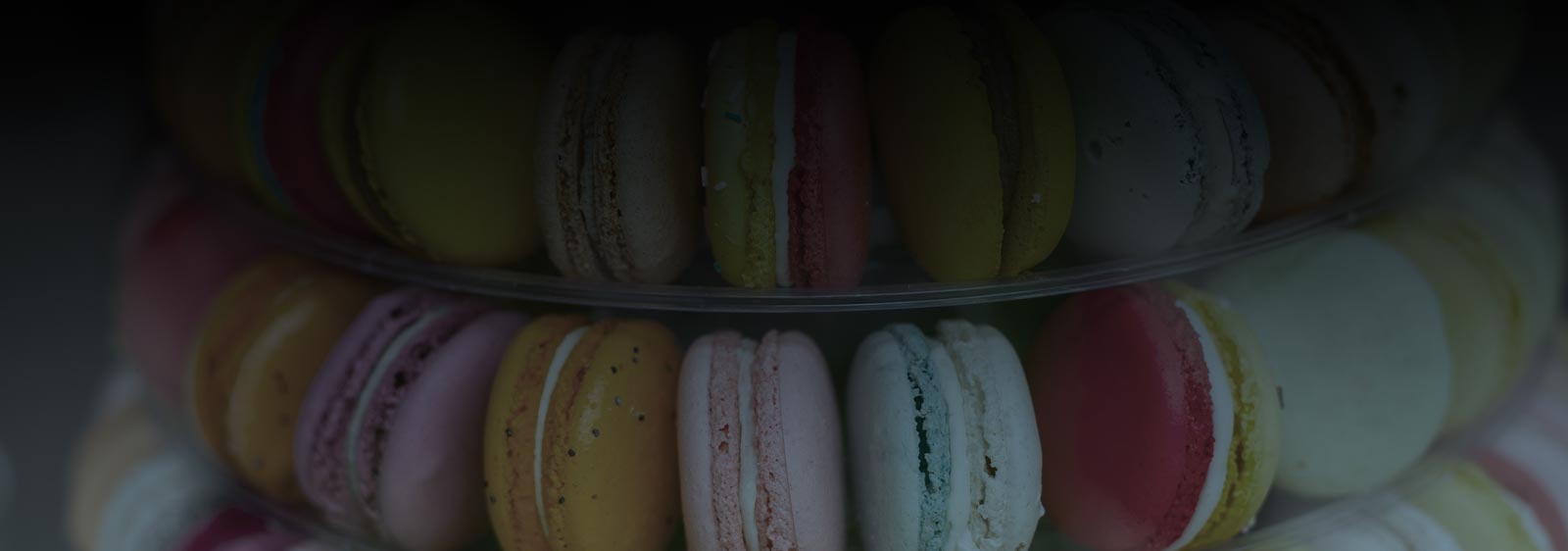If you are merchandising a product at a trade show, you may be wondering what your focus should be when creating the appearance of your display. After all, it’s not a normal store you’re setting up, so should you still try to make it look like one? Actually, with all the competition at trade shows we can’t emphasize enough just how crucial it is to set your merchandise up right. Here are our tips for effectively setting up your tradeshow merchandise:
SHOWROOM OR STOREFRONT?
Start by deciding what type of display you need. If you are offering portable products that attendees can purchase and take away with them, then a storefront display is what you need. This would especially apply to consumable products such as food, cleaning products etc. A showroom setup is best for when you are taking orders for your product or service, which you will then fulfill after the event. With the growth of e-commerce and modern supply chains, more people are embracing the showroom model. However, this doesn’t work in every situation. Not everyone is satisfied with just a free sample, and some guests may be put off by the fact that they will have to wait to receive their purchase.
BE PICKY ABOUT THE TRADESHOW MERCHANDISE YOU DISPLAY
Choose quality over quantity, every time. Narrow your display down to a product selection that is broad enough to appeal to discriminating tastes, but simple enough that it doesn’t overwhelm attendees. If there’s too much to look at in a small space they won’t know where to start, which could cause them to move on. Focus on your newer items and bestsellers, as well as anything that may be of special interest to guests attending that particular show.
CHOOSE THE RIGHT DISPLAY MATERIALS
There are many factors to consider when choosing the display materials that will work best with your merchandise. You may need to secure smaller items for safety, or draw more attention to them with signage and lighting. A product that needs to be demonstrated will require a table or island, or some open floor space if it is larger. Another option for larger products is to pair them with an adjoining kiosk.
Another important factor is to have a trade show exhibit floor plan that is easy to navigate. If your guests get caught up in a bottleneck, they can get temporarily trapped in corners and prevent other visitors from being able to access your booth. The best way to avoid this is to have a floor plan that flows like a one-way street, where people can enter and exit without having to backtrack.
If your booth is full of people, passersby may not be able to see some of your products. End cap displays are a great way to allow everyone who walks by to view your products with ease.
To help keep things in your booth moving even more effectively, make sure your staff all have a portable payment-processing device. This way your customers will be able to check out quickly and make room for new visitors.

Add style and flair when displaying your tradeshow merchandise.
PRODUCT PLACEMENT AND PROP STYLING
You want your booth to reflect the look and feel of your product or company, so make sure that you choose carefully when it comes to furniture, table covers, lighting and signage.
Create variety in the way you display your products. Try placing some items on the ground and have others cascading upward. Have some of your items fan out at waist level. Depending on the type of merchandise you have, you could also try the “pyramid principle” by placing the largest item at the center and the smaller products on the outside. This creates a “step-down” effect, like a pyramid. Remember to group your products in ways that make sense, such as by color, price, material or function. Help buyers envision your product’s end use by using props as accents, but make sure not to overdo it! Choose your props carefully, and stick to neutral colors and textures that won’t detract from the product.
If you’re unsure about how best to style your display, consider hiring a professional prop stylist to set up your booth for you. It may cost a little extra, but a professional appearance always draws more customers.
Imagine that your booth is a retail store. Think about what would compel you to walk into that particular store. Try experimenting with your booth layout and pay attention to how visitors interact with your products. By applying these principles, you’ll be setting up your tradeshow merchandise in a way that appeals to passersby and results in maximum sales. And if you have any questions, contact Xtreme Xhibits for help with any trade show display needs.


